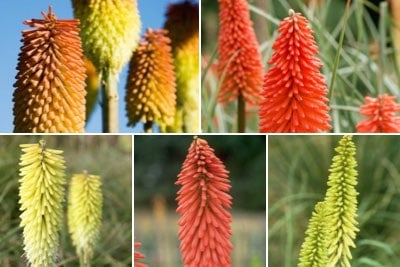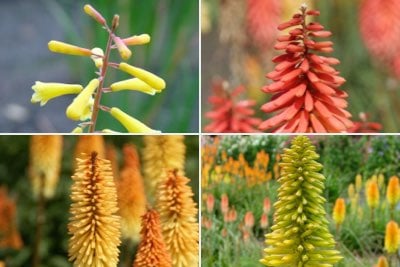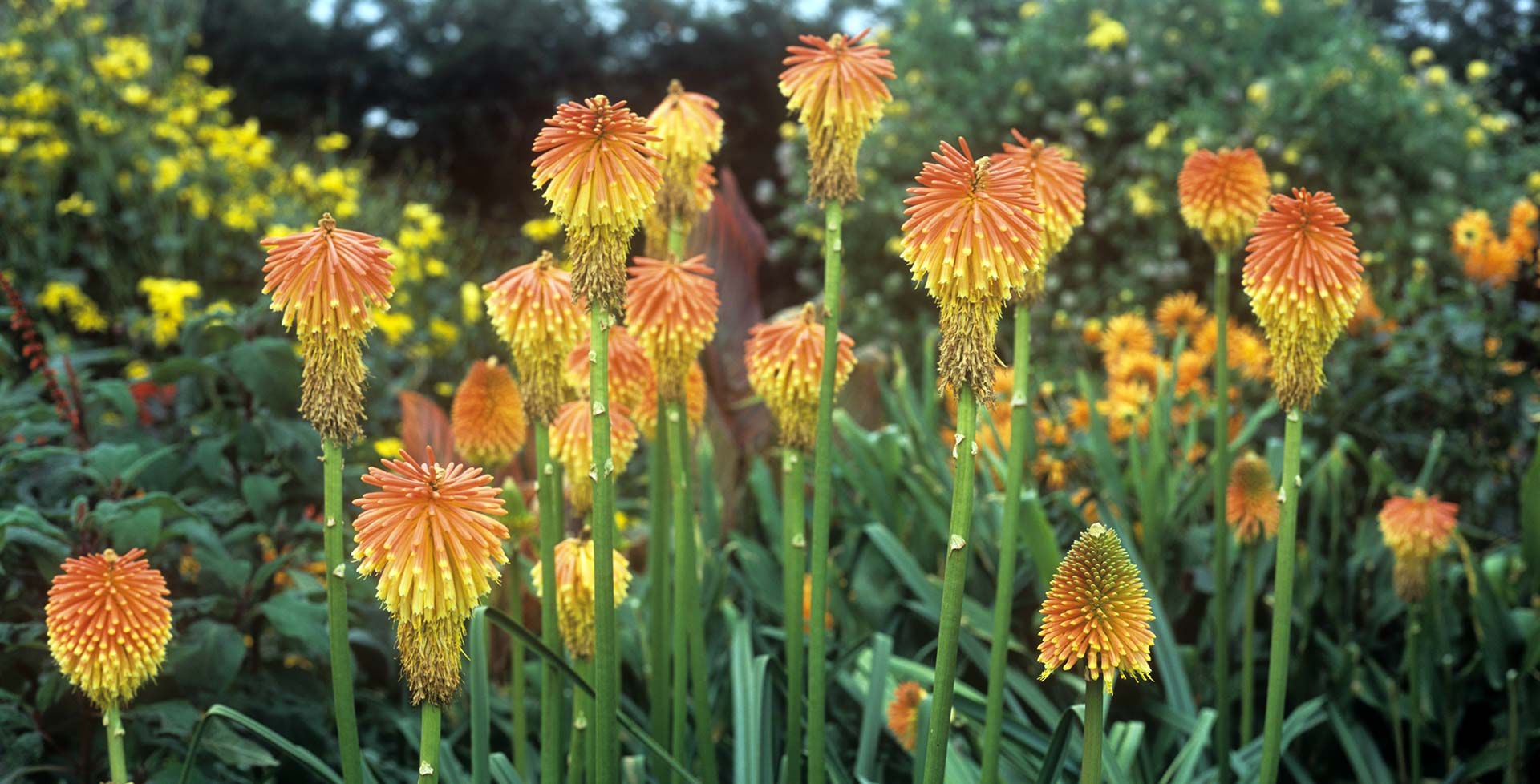
Introducing...
Kniphofia
Common name: Red hot poker
With impressive torch-like flowers in hot, zesty colours, kniphofias light up borders throughout summer and into autumn. Also known as red-hot pokers, this upright clump-forming perennial comes in various sizes, to suit all positions in a border, with smaller ones suitable for containers too.
Looks
Sturdy upright stems are topped with torch-like spires of tubular flowers in glowing reds, oranges and yellows, either single colours or vibrant graduated mixes. A few feature cooler shades of cream or hints of green. The flower stems rise above clumps of stiffly arching, blade-like or grassy leaves.
Likes
They are happy in most soils that drain well, revelling particularly in sandy soil, provided it is fertile and not bone dry for several months. They can flower in full sun or light shade.
Dislikes
Very poor, dry soils will restrict growth, and plants can rot in permanently wet ground. They will not flower in deep shade.
Did you know?
Protect the roots against winter wet, either with a thick mulch of straw or other dry material, or by tying together any remaining leaves.
Growing guide
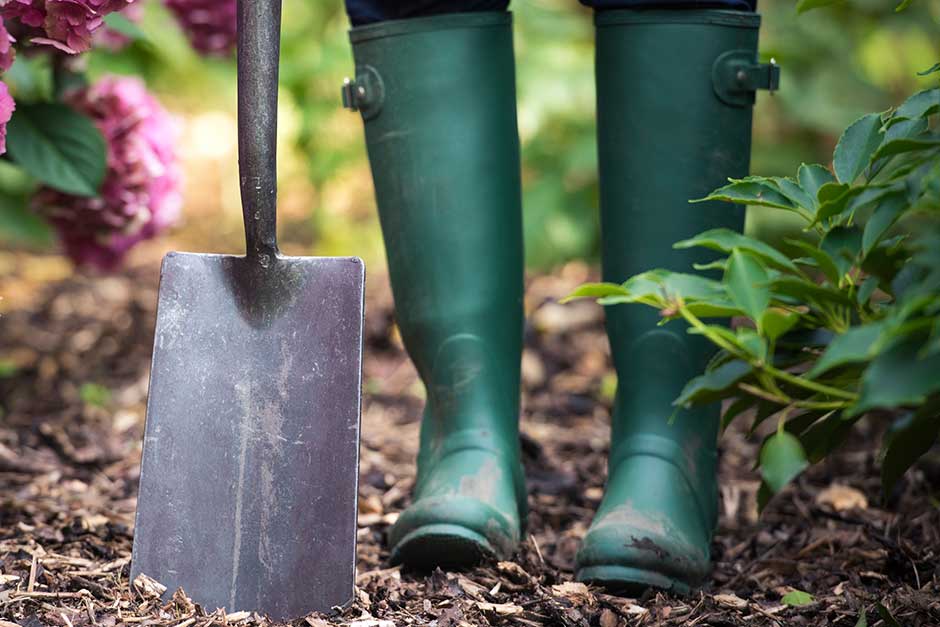
How to grow kniphofias
All the information you’ll need to grow and care for kniphofias in your garden
Kniphofias we recommend
Kniphofia 'Brimstone' Bloom
red-hot poker 'Brimstone'
- 0.5–1 metres
- 0.1–0.5 metres
Kniphofia 'Little Maid'
red-hot poker 'Little Maid'
- 0.5–1 metres
- 0.1–0.5 metres
Kniphofia 'Brimstone' Bloom
red-hot poker 'Brimstone'
- 0.5–1 metres
- 0.1–0.5 metres
Kniphofia 'Little Maid'
red-hot poker 'Little Maid'
- 0.5–1 metres
- 0.1–0.5 metres
Useful advice
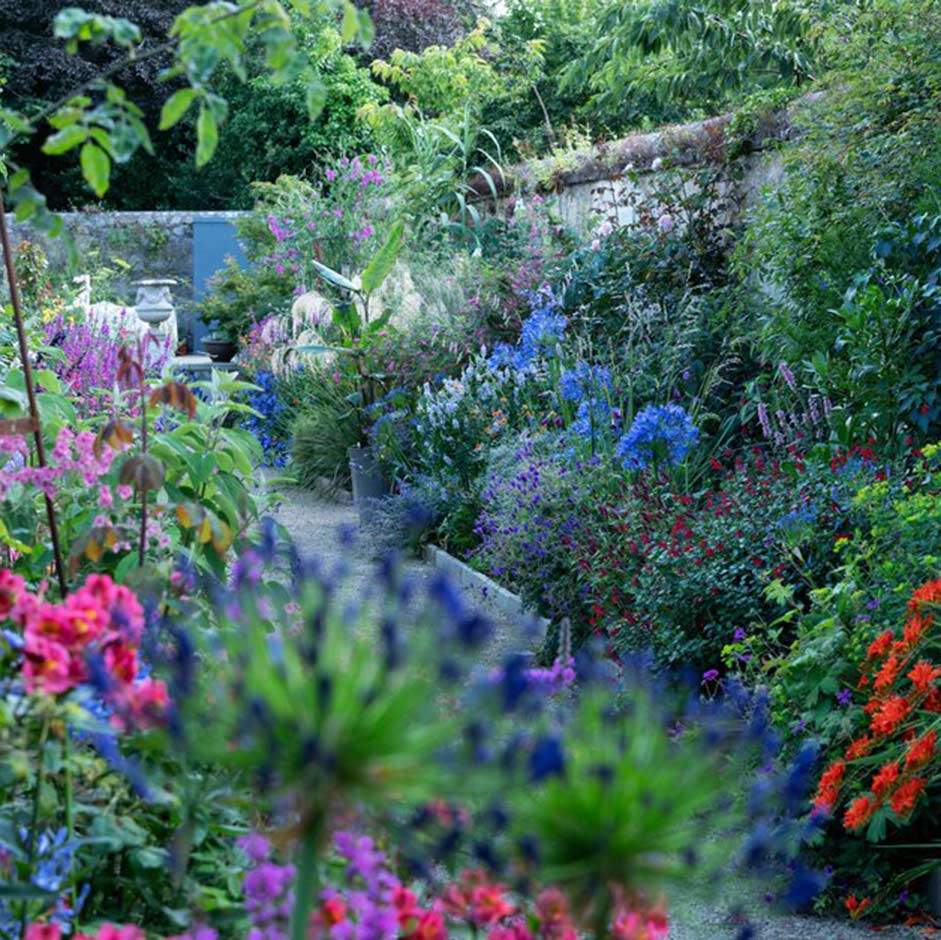
Perennial borders: choosing plants
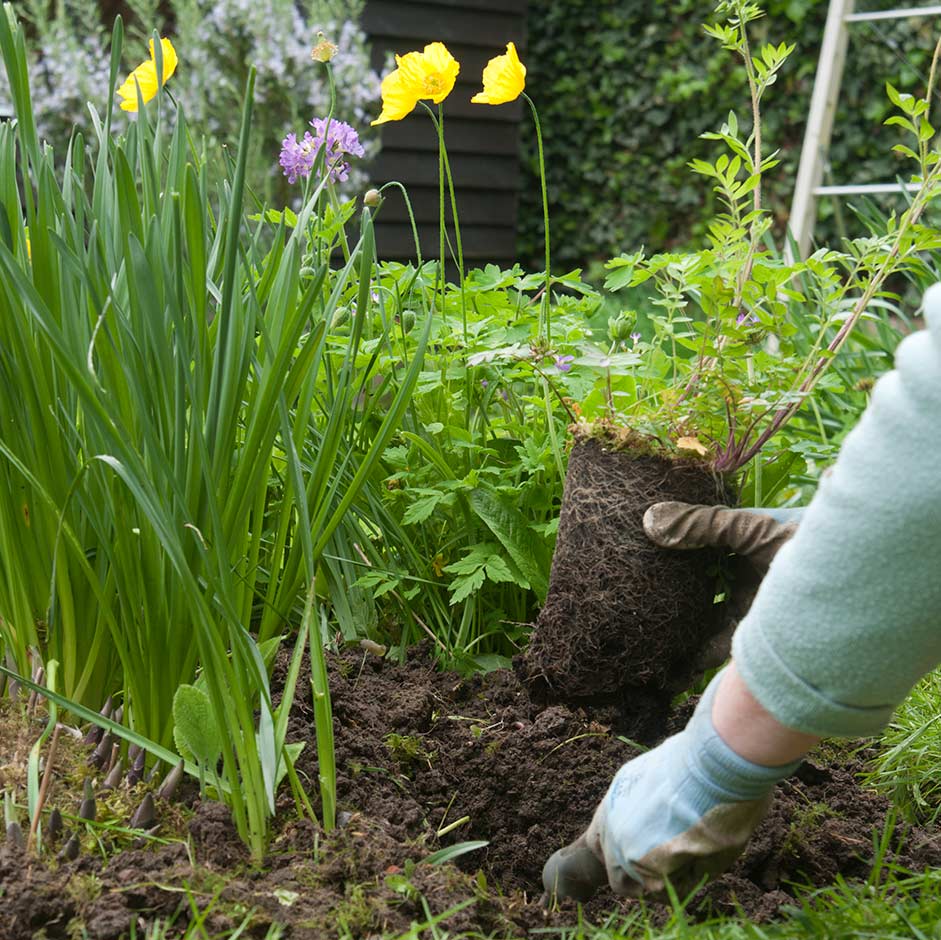
Perennials: planting
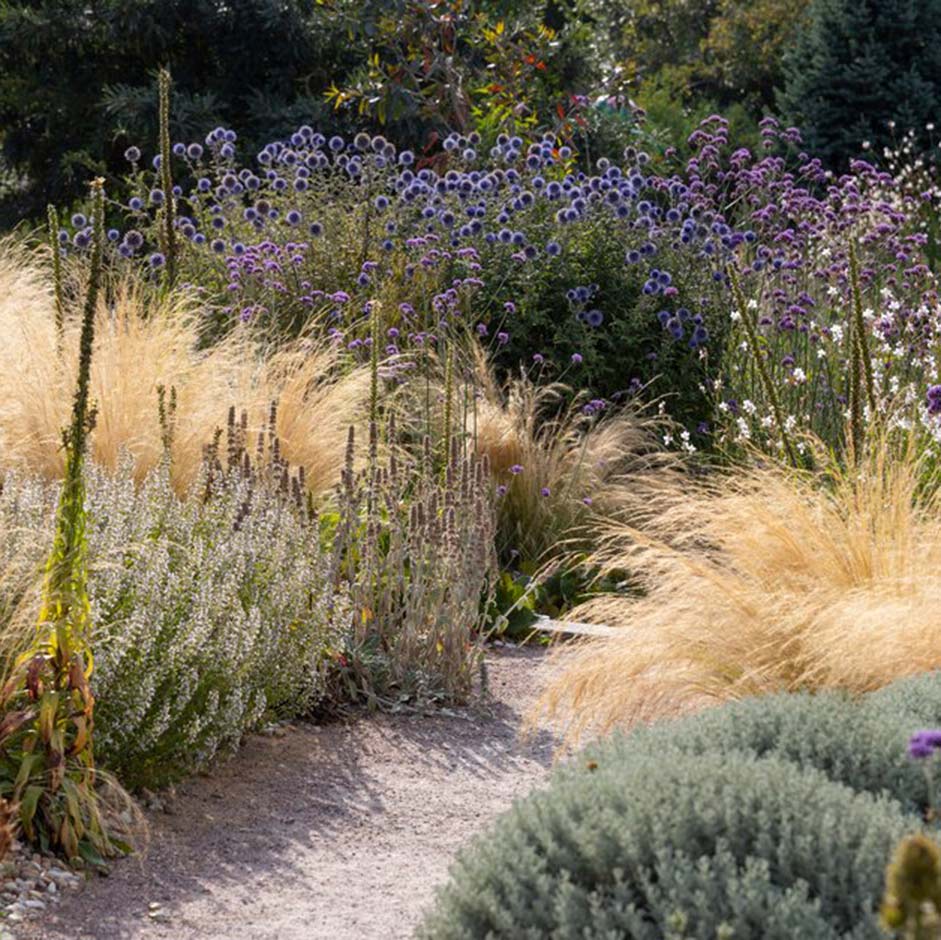
Gravel gardens
Get involved
The Royal Horticultural Society is the UK’s leading gardening charity. We aim to enrich everyone’s life through plants, and make the UK a greener and more beautiful place.
